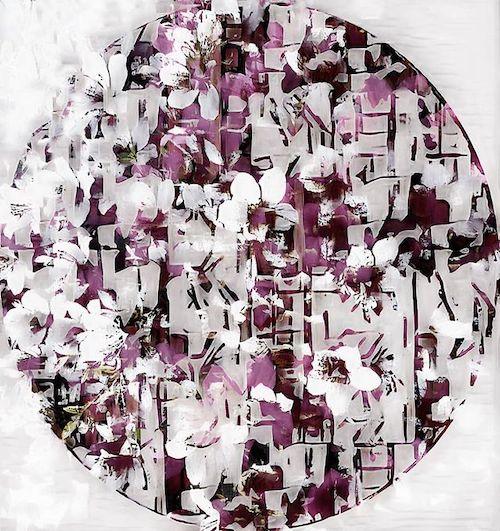
Should AI be considered the (co-)author of AI art?
When artists make art, they can use tools, such as brushes and chisels, but no one would consider those tools as the (co-) author of an artwork. However, when it comes to AI art, this becomes tricky. AI is programmed to run certain operations on a large data set and make new content based on said data. As the AI seems to be the one who produces the new content, is it then not plausible to say AI is no longer just a tool? Is AI then not the author of the work? This provides a case of blurred authorship, which is quite a complicated issue to tackle. However, theories about the ontology of art can help shed some light. In this paper, I will use action theory to explain why AI should not be seen as the author.
The action view on art and AI art
According to an action perspective, an artwork is the action of the artist and thus the creative activity of said artist (Irvin, 2015). Let's take a painting as an example. Is the actual painting we as the audience looking at, the actual artwork? Not according to this theory. The painting is merely the registration of the creative activities of the painter. The brush strokes, the choice of colors and paints, and other visual acts performed by the artist are the artwork (Irvin, 2015).
If we map this onto AI art, we can argue that the artist is still the author. The artist programmed the AI. They make the AI run specific operations. They often makes adjustments to the AI-generated content. The artist takes said content and molds it into another shape or form: a print on paper, a video, an installation, et cetera. Lastly, the artist gives the piece a name and decides how it should be presented. Taking all these steps together, it seems plausible to say that the artist performed creative action and is thus the author of the AI artwork, while AI again seems to be a tool the artist used in the process of making it.

AI artwork ‘Night in the garden, azaleas’ by Helena Sarin
AI indeed makes new content. However, that content is in line with the data it was fed. What AI produces is a form of imitation, like an apprentice copying their master's work or style. It is not original or authentic artistic genius (Kelly, 2019). AI is an instrument that the artist uses in the production of an artwork. It functions as a way of helping the artist's own creative abilities (Kelly, 2019). For the AI to be seen as a co-author, it needs to perform creative activity. But as we have seen, AI does not have the capacity of creativity; humans can have that ability, not machines. Thus, AI has no claim to the authorship of AI art.
AI's blurred authorship
In this column, I have analyzed that the action view can provide a solution to AI art's blurred authorship. When we treat the creative activity, and thus the creation process, as what makes the artwork, one can argue that AI is still just a tool. The artist programs the AI to do the operations they have in mind on the data they put into the AI. The artist takes the AI created content and makes changes to it, be they little or big. The artist has the final say in what the artwork includes, looks like, and what it is called. While it is true that AI creates new content based on the data it is fed, it does not use creative vision to do so. It merely imitates the data it processed. In summary, these two points together make it plausible to say that the artist, the human being behind it, is still the sole author of an AI artwork.
References
Irvin, S. (2015). Artworks, Objects and Structures. In A.C. Ribeiro (Ed.), The Bloomsbury Companion to Aesthetics (pp. 55-73). London, England: Bloomsbury Publishing Plc.
Kelly, S.D. (2019). A philosopher argues that an AI can't be an artist. In Technology Review. Retrieved November 27, 2020